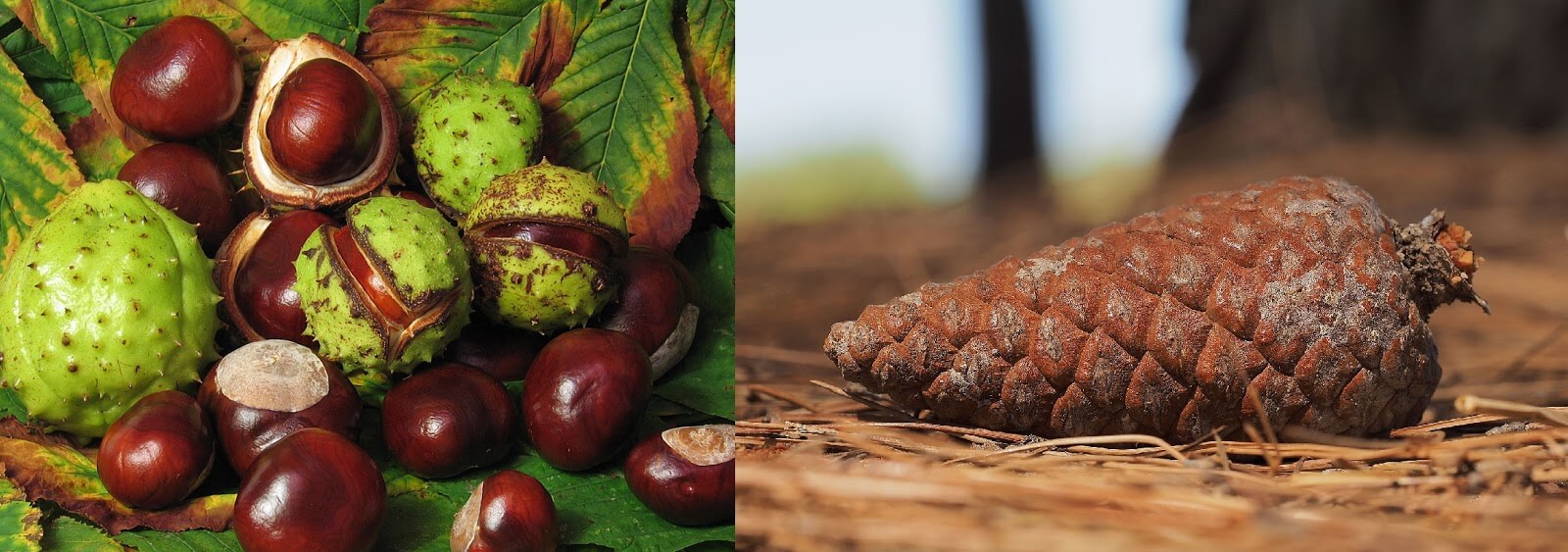The difference between softwood and hardwood sleepers is the wood the sleepers are sawn from and whether or not they are treated. Softwood is distinguishable from hardwood in that it comes from gymnosperm trees – that is, trees that with unenclosed seeds – while the latter comes from angiosperms – trees with enclosed seeds. Gymnosperms include such trees as pines and cypresses that bear cone-bearing seeds, while angiosperms include apple trees and oaks that inclose their seeds in fruits.

Gymnosperms differ from angiosperms in other ways. Most importantly, there are differences between the physical structures of the wood that can be viewed differently at a microscopic level and at the naked eye. Softwoods have a different cellular structure from hardwoods with tracheids and medullary rays transporting water, while hardwoods have vessel elements to do the same, which under the microscope appear as pores. Under the naked eye, softwoods have light grains, while hardwoods have prominent grains.


The differences in structure lead to different physical properties. In general, hardwoods are denser and more resistant to fire, but they are also slower growing and heavier. Henceforth, this explains their greater price originating from higher transport costs and longer times spent in nurseries. Although, it must be noted that this is simply a rule of thumb as there are extremely dense softwoods such as yew and soft hardwoods such as Aspen. As such, you should research a timber’s properties when deciding whether it is suitable for the task at hand.
In regards to outdoor use, the most important property is a timber’s resistant to decay and in general hardwoods are far more resistant than softwoods. Oak, for example, is highly resistant to decay and can last up to 30 or 40 years untreated. Pine, on the other hand, from which our softwood sleepers are constructed, are less resistant to decay and are henceforth treated with either Tanalith green or Tanatone brown. Both have similar properties and one can expect 15 to 20 years of use.

Another difference between softwood and hardwood sleepers is that the former’s treatment colour will fade to grey within 18 months. Oak sleepers, on the other hand, will maintain colour, which is great for rustic beds; and as they are free from treatment they are suitable for use in building water features. As mentioned previously, hardwoods are denser than softwoods, so oak sleepers are heavier than pine, which can make construction more difficult.
If you are interested in garden sleepers, Primrose stocks both the hardwood and softwood variants at only £4.99 delivery, regardless of quantity ordered.
–
Jorge works in the Primrose marketing team. He is an avid reader, although struggles to stick to one topic!
His ideal afternoon would involve a long walk, before settling down for scones.
Jorge is a journeyman gardener with experience in growing crops.